What is TMJ dysfunction?
TMJ dysfunction is inflammation of the TMJ, which connects the jaw to the skull. This can cause pain and reduced function. The TMJ is a complex joint and can be affected by several problems:
- Cross bite;
- Posture;
- Stress/nervous habits;
- Clenching/grinding of teeth;
- Trauma e.g. road traffic accident
- Muscles imbalances;
- Osteoarthritis;
- Rheumatoid arthritis.
TMJ, or temporomandibular joint disorder, is a condition that can cause pain and discomfort in the jaw area. While there are various treatments available for TMJ, including physiotherapy, some people may be hesitant to try this approach due to the misconception that it will be painful. There are many ways that physiotherapy can help relieve the symptoms of TMJ. Physiotherapists will often use a combination of treatments, including:
- Manual therapy: This includes massage and manipulation of the muscles and tissues around the jaw joint. This can help to reduce pain and inflammation and increase joint mobility;
- Exercises: Exercises can help strengthen the muscles around the jaw joint, which can help to reduce pain and inflammation;
- Therapeutic modalities: This includes therapies such a ultrasound, Tecartherapy, which can help to reduce inflammation and pain;
- Taping: Taping can help keep the jaw in a comfortable position, which can help to reduce pain and inflammation.
To arrange an assessment send a text message (07455250006) or WhatsApp (+447455250006) otherwise contact me.
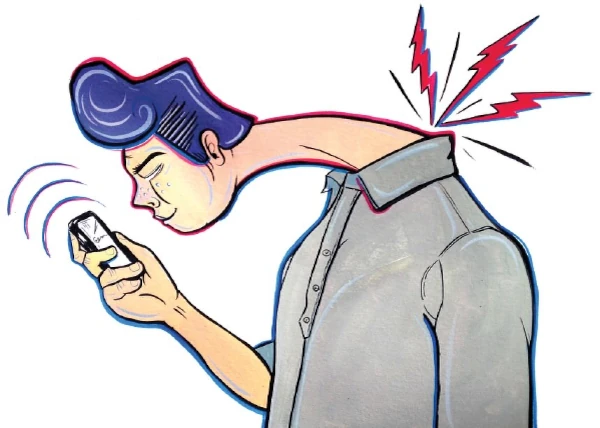
Text Neck Syndrome
Refers to a repetitive stress injury to the neck caused by having your head in a forward position for extended period. The forward pending posture affects the curvature of the cervical spine, the neck and shoulder muscles, and supporting ligaments. “Text Neck” Is...
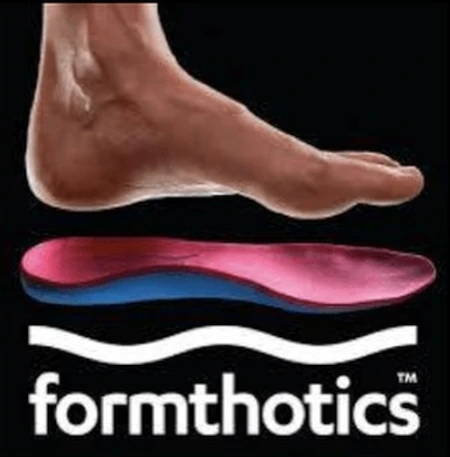
7 Years in partnership with Formthotics
7 Years in partnership with Formthotics to deliver this fantastic product. Formthotics insole orthotic solutions have been in use for the last 30 years and have provided physiotherapists with an immediate solution to foot, ankle and lower limb biomechanical...

Spring and Jogging
With spring here and more people jogging outside, what are some good stretches to do? After a vigorous run, muscles will also be full of lactic acid. Stretching helps the blood flow to the muscles to remove the lactic acid, which improves recovery. Finally, stretching...

One Thing You Must Know if You Work at a Desk (Save Your Back!)
Desk work and back pain go hand in hand, but it doesn’t have to be that way. If you want to improve your sitting posture, fix your back pain, and learn how to have a healthier spine when working at your desk develop good sitting habits, and you’ll save yourself a lot...
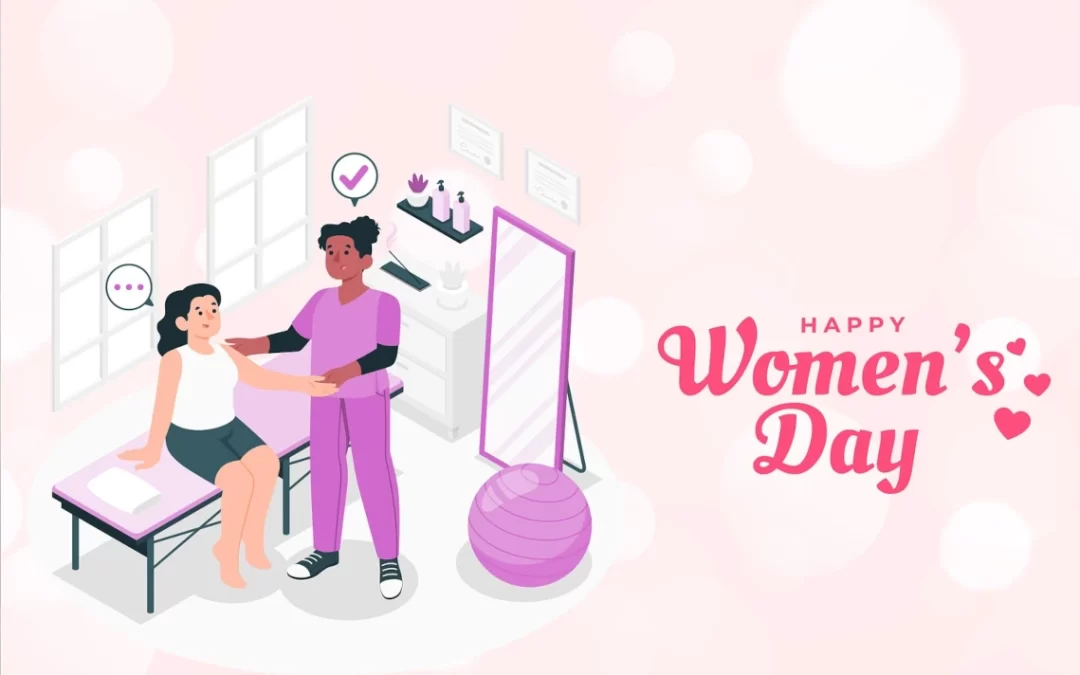
Women’s Day
Suppose you’re hospitalized, you’ll want to have qualified medical professionals around you, but does it matter if your doctor is a female or a male?It might.Both male and female medical representatives have their own implications in terms of approach. But female...
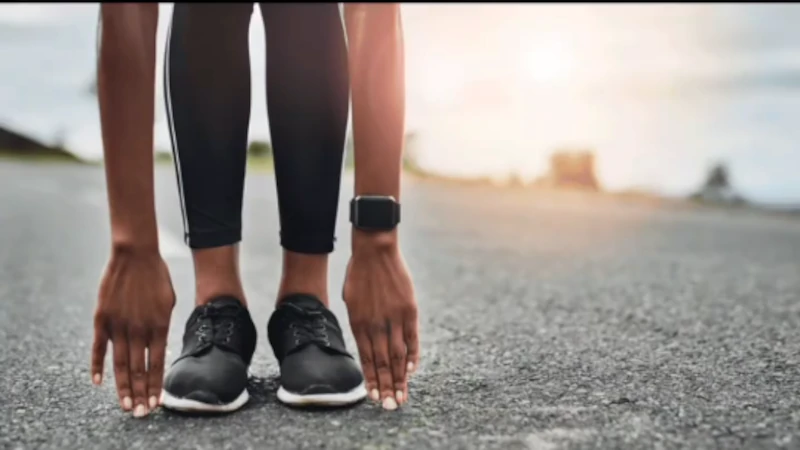
3 Signs That You Have Tight Hamstrings
Sometimes it’s obvious when tight hamstrings are resulting in stiffness and difficulty working out or accomplishing your everyday tasks, whether that’s walking or bending over. But sometimes it’s a lot less clear.If you’re not sure about the state of your hamstrings,...

Meet our Team
We are so happy to work together, to make sure we can achieve the best outcome for your problem. We all do what we do very well, but each one of us is better at one thing than another, and for that reason we might ask you to come and see one of our...
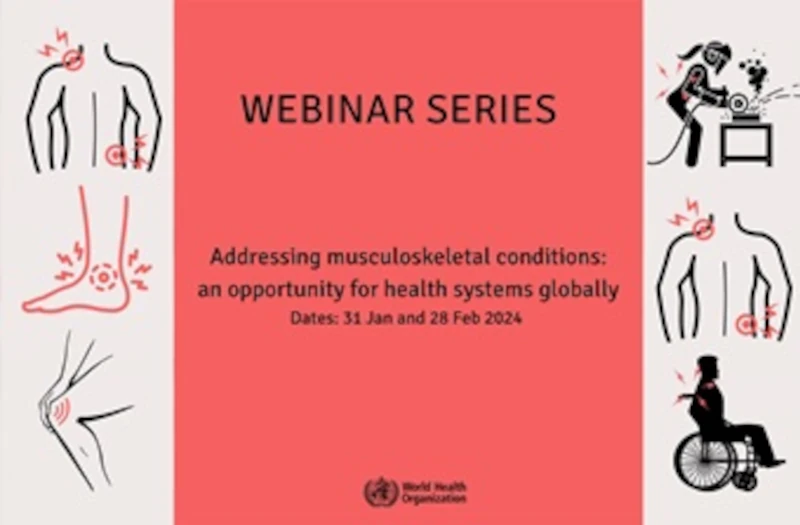
Webinar WHO
Webinar Make a date for World Health Organization (WHO) webinar: addressing musculoskeletal conditions. 12:00-13:00 CET, 28 Feb.Musculoskeletal conditions impact individuals globally, contributing significantly to years lived with disability. The burden extends to...
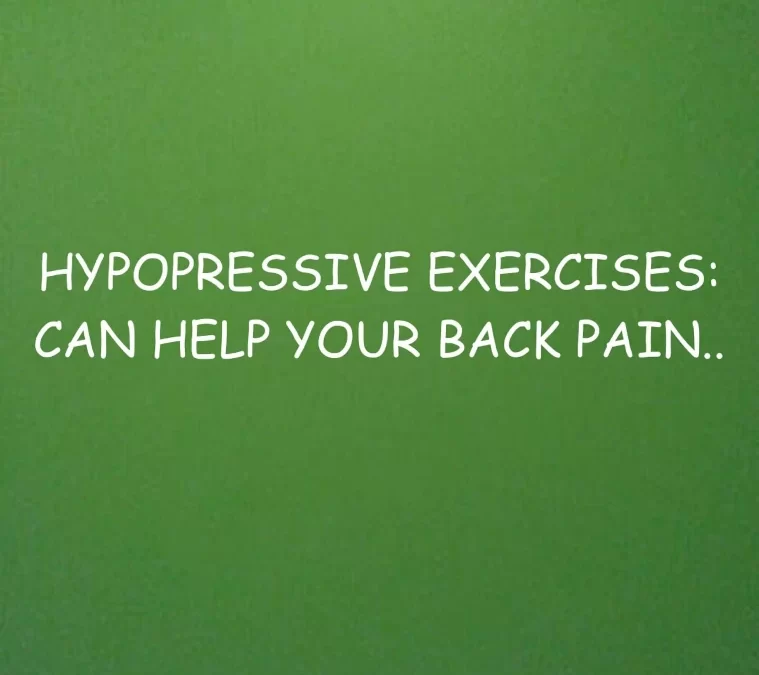
Hypopressive Exercises: Can help your Back Pain
Hypopressive exercises are great for toning the abdominal muscles and are especially suitable for people who suffer from back pain. Since these exercises do not require spinal movement, they can even be performed by people with herniated discs.The hypopressive...
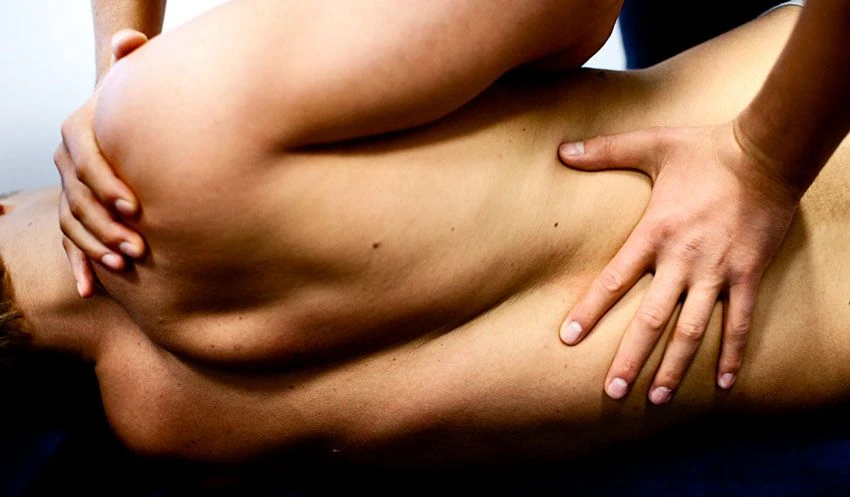
Spinal manipulation
What You Need To Know Spinal manipulation is a technique where practitioners use their hands to apply a controlled thrust to a joint of your spine. The amount of force can vary, but the thrust moves the joint more than it would on its own.Most spinal manipulations are...
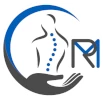



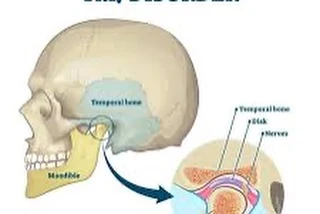
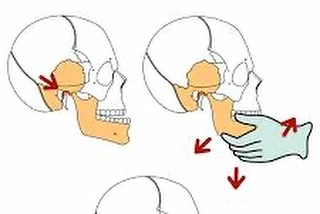
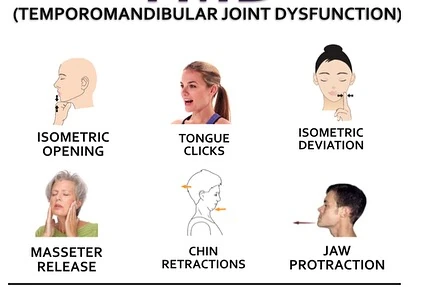
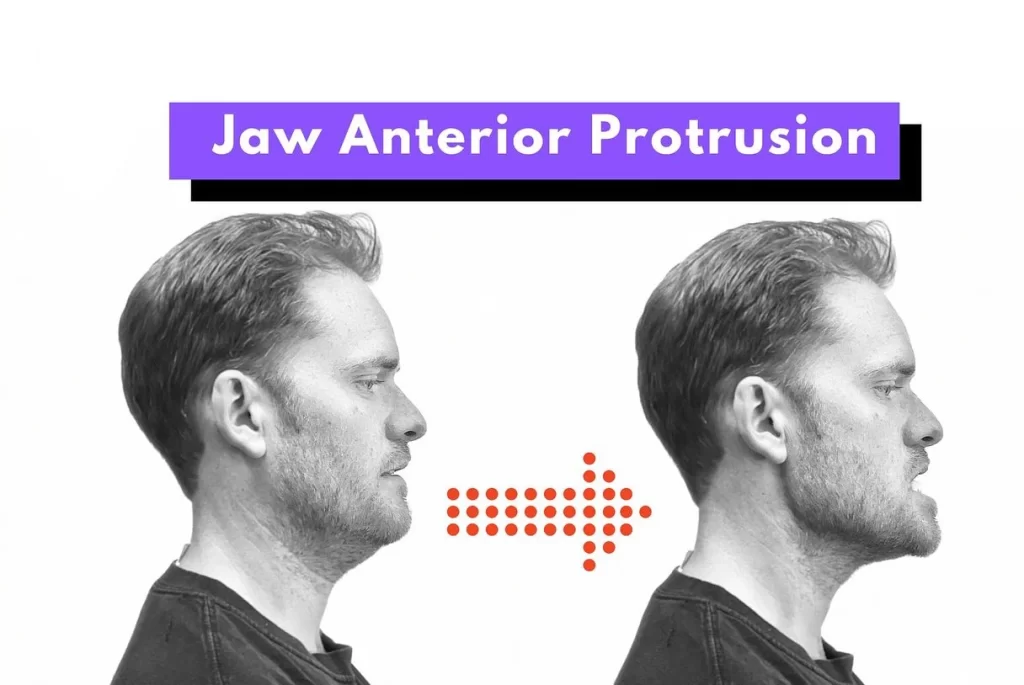
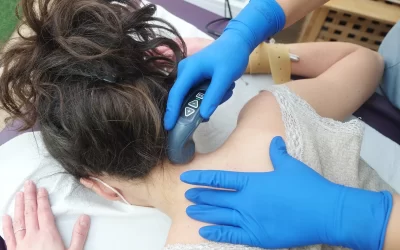
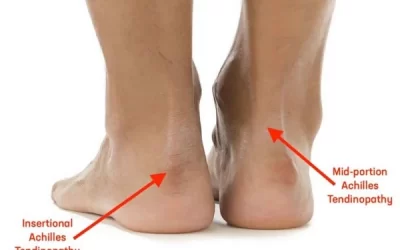
0 Comments